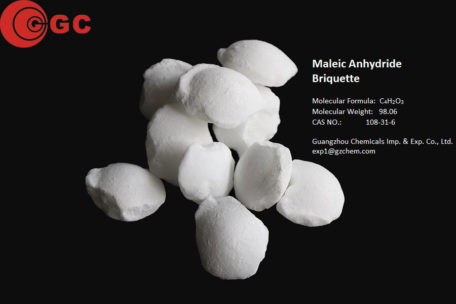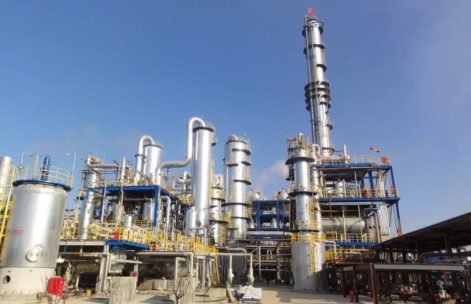Introduction

After November, the maleic anhydride market was clouded with negative sentiment. The supply and demand imbalance caused by shrinking downstream demand and the prospect of recovering and growing maleic anhydride supply led to a sharp turnaround in the maleic anhydride market since early November. However, as cost pressures fell, maleic anhydride prices fell to a stage low of around RMB 11,000 per tonne and became significantly more attractive to downstream demand buyers, with market transactions gradually showing signs of picking up from late in the year. At the same time, the delay in the shipment of new production capacity of maleic anhydride in South China eased market concerns, and the amount of mainstream maleic anhydride factory overhauls and export orders delivered began to increase after December. With the supply-side impact on the maleic anhydride market turning from negative to positive, maleic anhydride prices have rebounded again since last week.

Rebound against the trend, but the hidden worry is bigger
Even in the face of the international oil price shock brought about by the downward atmosphere of the raw material side, maleic anhydride prices still achieved a counter-trend rise, the continuation of the resilience since the second half of 2020. It should be noted, however, that while the supply side has provided strong upside momentum for the maleic anhydride market recently, it will also be a major source of pressure in the future.
The main reason is that a new round of domestic maleic anhydride production expansion has kicked off since the fourth quarter of 2021, which will become the main line of influence on the maleic anhydride market in the next three years. From the fourth quarter of 2021 to the second quarter of 2022 alone, the domestic maleic anhydride market will usher in 400,000 tonnes/year of new production capacity, with a daily peak of around 1,200 tonnes of new production. At present, although the new plants by Guangdong Huizhou Yuxin have not yet produced qualified products since its commissioning in late November, the operation of the production unit is bound to stabilize over time, and substantial supply pressure is expected to emerge gradually after January 2022.
Short-term will still be upward after the second half of the risk or increase
For the time being, the current round of rebounds has not seen any signs of stopping. Mainstream maleic anhydride plants have been overhauling and delivering export orders in the near future, and the pace of shipments to the domestic market is slow and the volume available is always insufficient. Supported by this, maleic anhydride sellers still have a strong driving force, and it is expected that the price focus of each main market still has a large upward space. However, with downstream enterprises retiring before the Chinese New Year to start and new production capacity in southern China steadily releasing volume and other short expectations in late December or so, it is expected that the market risk will also increase at that time.